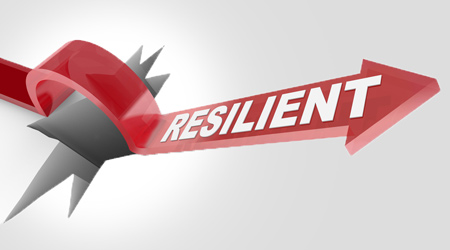
Report: Data Centers More Energy Efficient
July 18, 2016
As the number of data centers continues to increase in institutional and commercial facilities, the good news for maintenance and engineering managers is that they are becoming more energy efficient.
A new report from the Department of Energy’s Lawrence Berkeley National Laboratory found that energy consumption from data centers nationwide, after rising rapidly for more than a decade, started to plateau in 2010 and has remained steady since.
The lab report, titled “
United States Data Center Energy Usage Report” is the first comprehensive energy analysis of data centers in nearly 10 years. It says that energy consumption is projected to maintain a low growth rate through 2020 while total server installation base is projected to increase by 40 percent through 2020. The projected energy savings from 2010-2020 is about 620 billion kilowatt hours, more more than $60 billion.
For information on the Critical Facilities Summit, Oct. 3-5 in Charlotte, N.C., click here.
Berkeley Lab last studied data center energy consumption in 2008, when it found that energy use by data centers was doubling every five years due to explosive growth in both the number and density of data centers.
“The idea that electricity use is doubling every five years is still common to this day,” says Berkeley Lab researcher Arman Shehabi, a lead author on the report. “In fact there have been tremendous strides in efficiency. But there are tremendous opportunities in the near term.”
For a less rosy outlook on the future of federal data centers, click here.
The study included data centers that ranged in size from a closet with fewer than five servers to large computing facilities with tens of thousands of servers in hangar-sized buildings that companies like Google and Amazon operate.
While larger data centers have made the most significant efficiency advances, the smaller data centers are still often considered inefficient.
“The industry growth is primarily in hyperscale data centers, but there’s an opportunity in typical corporate or institutional data centers,” says report author Dale Sartor. “There are millions of them in closets or small rooms, and they’re not very efficient.”
Researchers cited three main reasons for the energy efficiency improvements: better cooling and powering strategies; scaling, or power proportionality, as more servers are designed to draw back energy use when doing less processing; and the sharing of resources, or “virtualization,” and industry trend that has fueled the surge of cloud services.
Click here to read the rest of the press release.
This quick read was submitted by Dave Lubach, associate editor for Facility Maintenance Decisions. Reach him at dave.lubach@tradepress.com.
Next
Read next on FacilitiesNet











